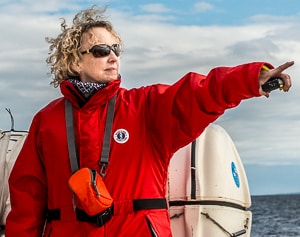The Camino de Santiago Packing List
The definitive Camino de Santiago packing list: all the incidental gear and other tips you’re going to want for walking the Camino de Santiago.
The definitive Camino de Santiago packing list: all the incidental gear and other tips you’re going to want for walking the Camino de Santiago.
The best backpack for the Camino de Santiago is the smallest and lightest-weight one that will carry everything you want – and that fits you your body. It’s that simple.
A comprehensive discussion of the shoes and socks you need for the Camino de Santiago, along with tips on preventing and treating blisters.
How is it that the Camino de Santiago across Spain still captures the individual imagination with some of the hardships and rewards of a wilderness experience, even in the midst of a populated area?
The debate about walking sticks: Do you absolutely need them? Probably not. Will they make the Camino de Santiago easier if you have them? Definitely yes.
Your guide to walking, driving, or eating your way across the Camino del Norte, or the Northern Way of the Camino de Santiago in Spain. From Cantabria, through Asturias and finally to Santiago de Compostela in Galicia, we found the sort of scenic beauty, great food, and intriguing historic context that keep us returning to Spain.
Our ultimate guide to traditional dishes from all regions of Spain. Understand Spain’s regional produce and agriculture and how these ingredients are highlighted in Spain’s most famous gastronomic masterpieces. With notes on desserts and wine, too.
No matter how you arrive in Santiago–via pilgrimage, air, or train–we advise taking extra time to enjoy the great Galician restaurant scene.
The St. Olav’s Way starts in Selånger, Sweden, and ends at Nidaros Cathedral in Trondheim, Norway. It follows the road Olav traveled in the summer of 1030. It has been a pilgrimage route since the 11th Century.
Since we’ve been traveling, I’ve done some bold (for me) things. I’ve hiked 120 km in the Guatemalan jungle. I’ve climbed Cradle Mountain in Tasmania. I’ve hiked most of the … Read more
 Get our travel tips!
Get our travel tips!